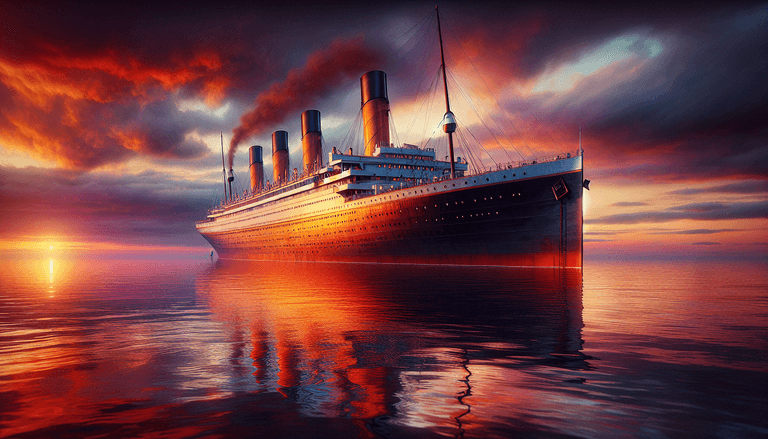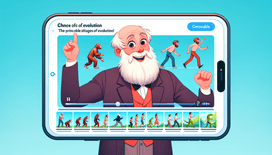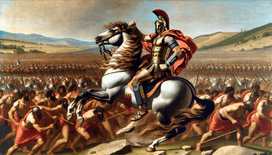Ah, the RMS Titanic, or as I like to call it, the ghost ship of our dreams. Crafted with the utmost opulence, she was a behemoth that the world thought unsinkable. Unfortunately, she proved us wrong in the most tragic of ways. But what if, let us engage in a little technologic time travel, shall we?, what if she had access to the kind of groundbreaking, life-altering technology we all take for granted today? What if the Titanic had Twitter?
The Captain and His Hashtags
Picture this: April 14, 1912, Captain Smith stands on the bridge of his floating palace, furrowing his weathered brow over the latest navigation dilemma. But hang on, what’s this? In his pocket rests a smartphone, capable of instantly connecting him to the staggering power of social media. After all, in today’s world, why navigate alone when you can tweet your way to safety?
#IcebergAhoy could have trended faster than you can say "sinking ship." Imagine Captain Smith peering into his phone, as real-time updates from marine enthusiasts and amateur ship followers fill his feed, warning him of the looming threat ahead. Of course, he’d likely spend a few minutes swiping through cat videos first, but soon enough he’d be back on track. "@TheRealCaptSmith seeing icebergs at these coordinates, might wanna shift east," users might belt out as they engage in the maritime crisis du jour from the comfort of their armchairs.
In Crowdsourcing We Trust
By now, the idea of getting advice from faceless lovers of the sea via the Twittersphere would seem like a jolly good notion indeed. And if that wasn’t enough, perhaps a live-tweet session from onboard the Titanic would rally some helpful suggestions from the public domain. Picture it: "@TitanicShip We’ve hit an iceberg! Got any tips for DIY lifeboating? #SinkingFeeling"
The replies? "@PanicStation: Try paddling with whatever wood you’ve got but don’t forget your oars this time!" For, after all, the wit and wisdom of the crowd knows no bounds, or boundaries, even oceanic ones.
Lifeboats and Likes
One can only speculate how those fateful hours might have been different with the immediate reach and glib 280 characters of Twitter. Passenger Rose tweeting from her cabin might have made an early plea, "@RoseNeverLetsGo Anyone got room on a lifeboat? DM me, thx!" Fighting for "likes" would perhaps take on a whole new level of urgency.
Strategists and crisis management experts might engage in an urgent hashtag battle: #SaveTheWomenAndChildren or #AllAboardAtAllCosts? The creation of new lifeboats, real or metaphorical, could have happened, both online and off.
The Aftermath and Meme-ability
Had the Titanic avoided its tragic plunge into history’s depths, imagine the memes! Captain Smith and his daring tweets would have been immortalised through viral gifs, not tragic legends. @UnsinkableTweets might've become a satirical account, dispensing daily doses of iceberg-dodging wisdom.
Moreover, historical retrospectives would spin yarns of those few tense hours when digital characters and nautical catastrophe intertwined in gritty realism, influencing maritime rules and shipping practices henceforth. As we debate lifejackets and safety measures, Twitter would sit as both a tool and teacher in our nautical storybook.
The Moral of the Technological Seas
So what can we learn from this Titanic-sized "What If"? The glaringly obvious solution: never underestimate the power of the internet’s collective voice, or its ability to immortalise the serious and subtle in whimsical fashion. If the Titanic had Twitter, perhaps it wouldn’t have sunk. Then again, it might’ve been too preoccupied with its own follower count to notice the imminent danger. Ah, but such is the dilemma with modern technology, even when captained by those made of sterner stuff.
Whether real or imagined, our playful ponderings of technological influence will always navigate us to a world where possibilities are endless, and icebergs far less detrimental when unaccompanied by drama. And so we float forward, clutching our curious what-ifs close, with history as our ballast and technology as our sail.







